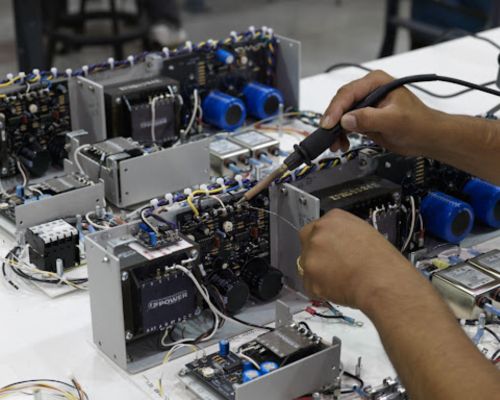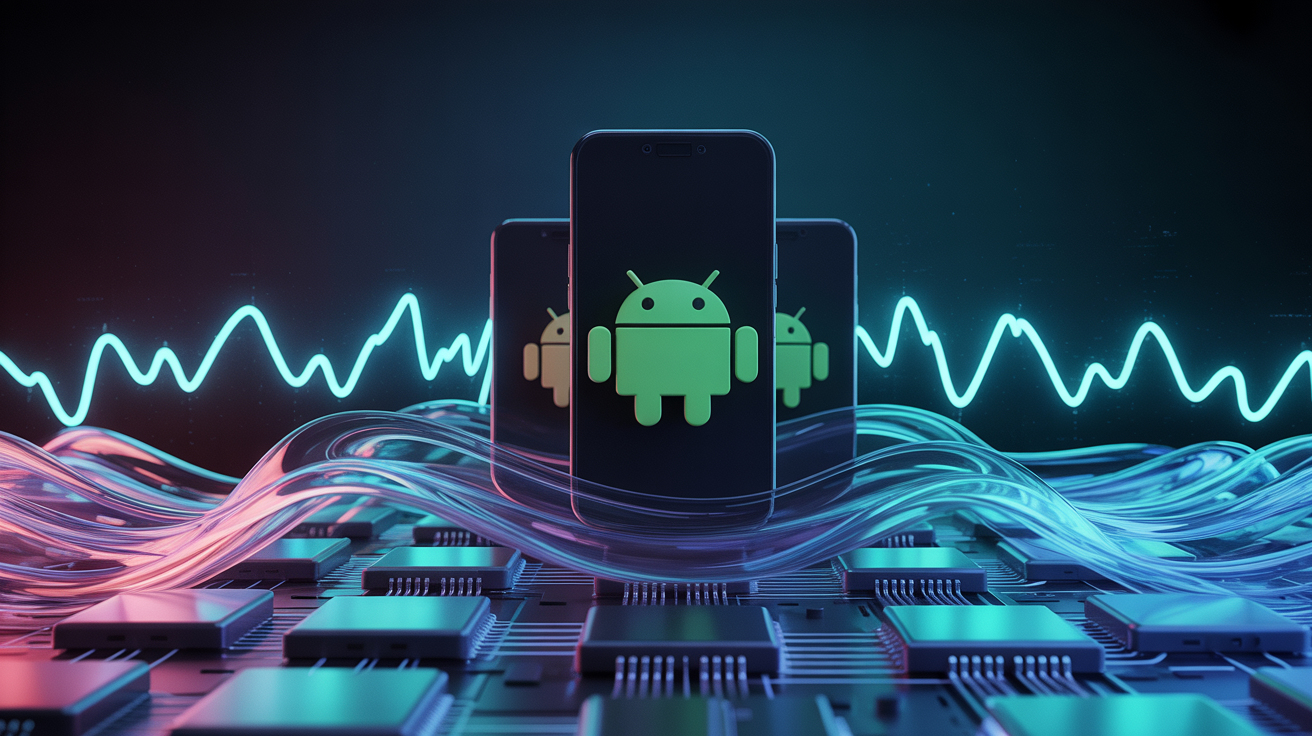A custom Android tablet is a digital electronic product that usually has a 6-10” color screen, touch panel, Wi-Fi and/or telecommunication connectivity, Bluetooth, battery, cameras, 1-2 USB ports for data transfer and charging, and, by definition, runs the Android operating system. A custom Android tablet differs from a standard Android tablet, thanks to unique design features of the custom Android tablet, which usually is made to serve a niche market.
Those unique design features include three principle areas of differentiation. They include:
1. Mechanical engineering: The physical design of the tablet case.
2. Electric engineering: The size, shape, and integration of various electronics components.
3. Software engineering: Changes (aka customization) made to the standard build of the Android operating system.
What’s custom mechanical engineering?

Typical Android mass market tablets are like 1990’s fashion models, the thinner the better. If the trend continues, future mass market tablets will be nothing more than roll up screens. Custom Android tablets, take a different path than their mass market counterparts. A custom Android tablet made for older people might have especially large speakers and buttons. Mechanics in a car repair garage need a robust product that is easy to clean and holds up to rugged usage. When a custom Android tablet is used in the payments industry, the device is likely to integrate a credit card reader and possibly a printer resulting in a larger case design.
Different use cases for a custom Android tablet call for different mechanical engineering. Some use cases don’t require any special mechanical engineering, but require customization to other aspects of the product.
What’s custom electric engineering?

Mass market Android tablets have different component configurations. For example different memory sizes, screen and camera resolutions, among other standard specs configurations. These differences relate to standard components. In contrast, a custom Android tablet might have unique electronics. Hatch makes a custom Android tablet for photographers that has 2 full size memory cards. For a secure tablet, where hacking is a risk, the USB port only allows for charging. The USB port doesn’t have any physical data connectivity, so even the best software hackers need to find another way to access the CPU and memory. There’s a Bluetooth IoT Hub which only uses a few LED lights to indicate status and doesn’t have any screen.
When an Android tablet is designed to custom specs, the possibilities of what makes it unique are endless. Not every custom Android tablet needs unique electronics though. Sometimes the use case just calls for customization to the device’s multi-layer firmware, aka the operating system.
What’s custom software engineering?

Savvy Android tablet customers, when buying for personal use, look for the newest version of Android, access to all apps, and a quality user experience. Because of this, consumer device manufacturers generally race to release devices with the newest Android version, a full suite of GMS (Google Mobile Services) apps, and pre-load their own apps. When the end customer is making the buying decision, manufacturers need to consider the market’s demands. Many custom Android tablets are provided by businesses for a business function and aren’t purchased by end users. Instead the company which commissions having the custom product made controls what software goes on the Android device.
Simple firmware customization includes start-up logo, pre-loaded files, custom audio, and a launcher, and similar changes which don’t affect low level firmware. In scenarios where a company only wants to run one app and restrict access to all other apps, that’s possible through firmware configuration. Custom menus, whether that means taking out standard options or adding special options, are feasible. Special interactions are also a common software driven customization, such as turning on the device when connecting a charging cable.
Since Android is an open source operating system, the possibilities for firmware customization are broad. Hatch gives companies the means to completely tailor an Android tablet to their unique needs.
Conclusion
Hopefully this explanation of what makes a custom Android tablet inspires your creativity and sense of what’s possible. When looking for a company to support your creation of a custom Android tablet or other devices, Hatch has over a decade of experience with Android products and is a good partner for getting the most out of your custom Android project.


